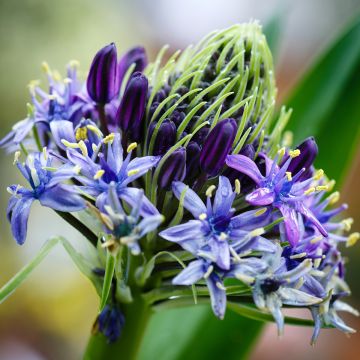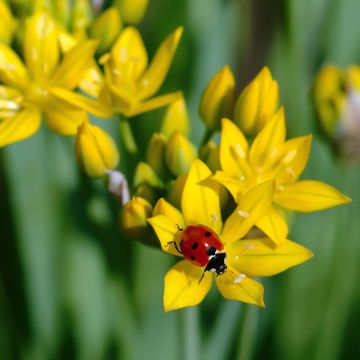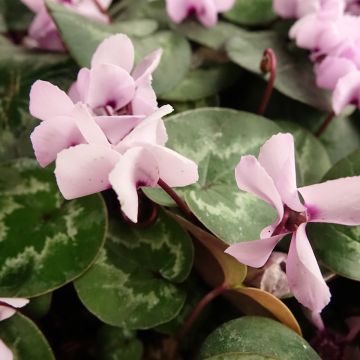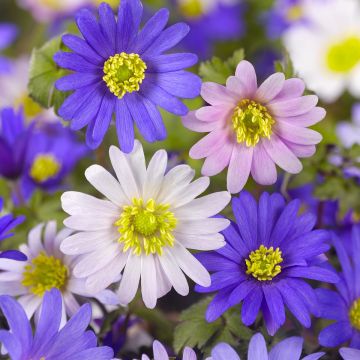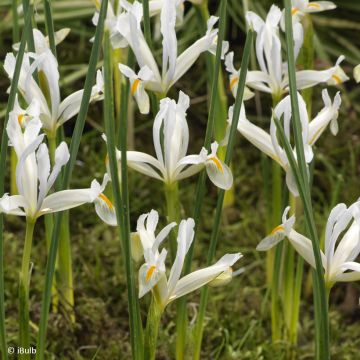

Scilla siberica Alba
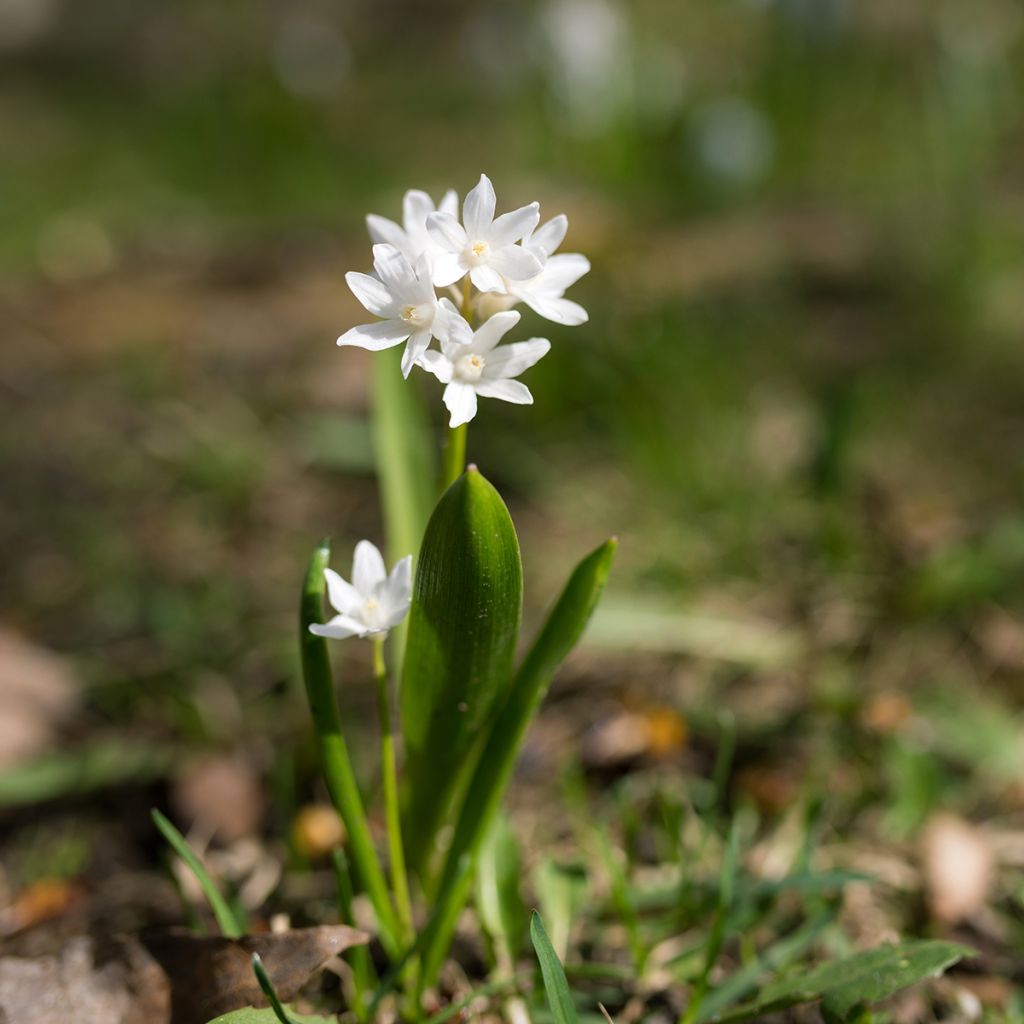

Scilla siberica Alba


Scilla siberica Alba
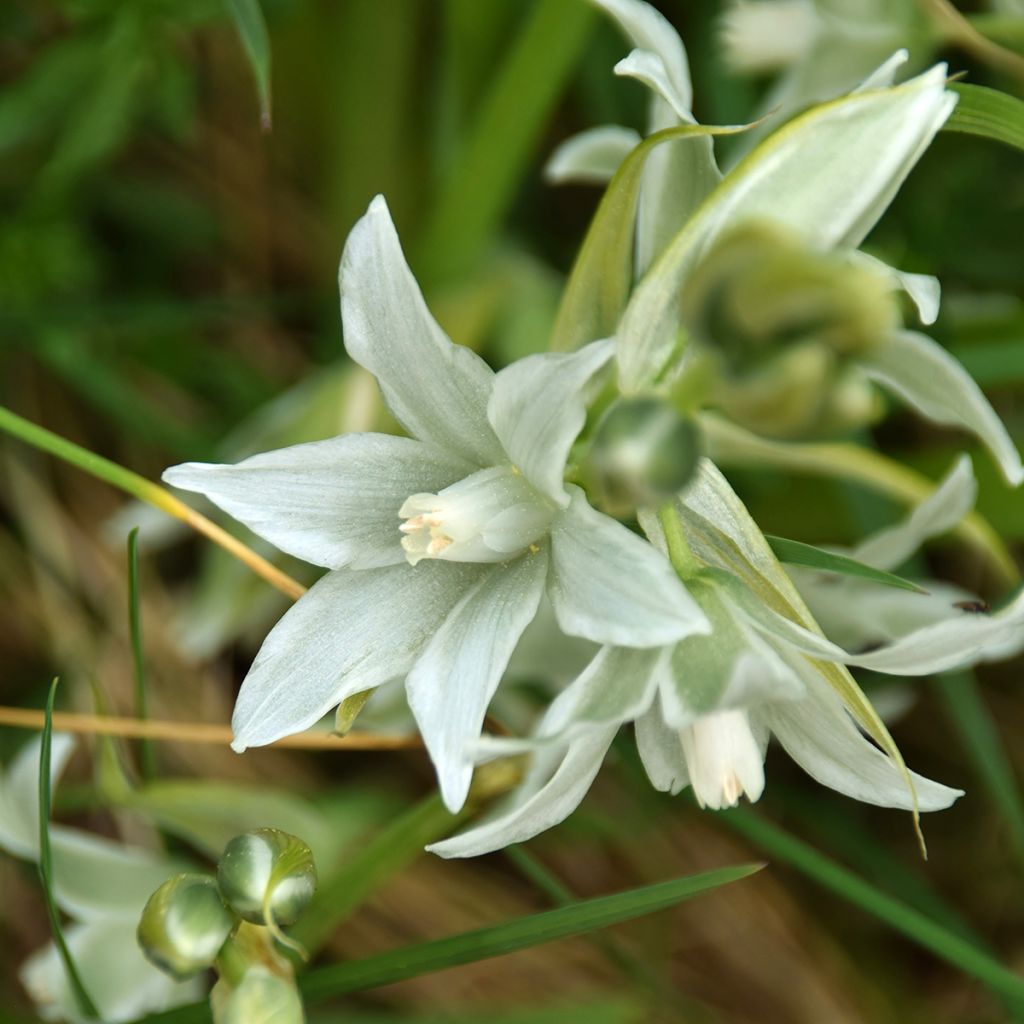

Scilla siberica Alba


Scilla siberica Alba


Scilla siberica Alba
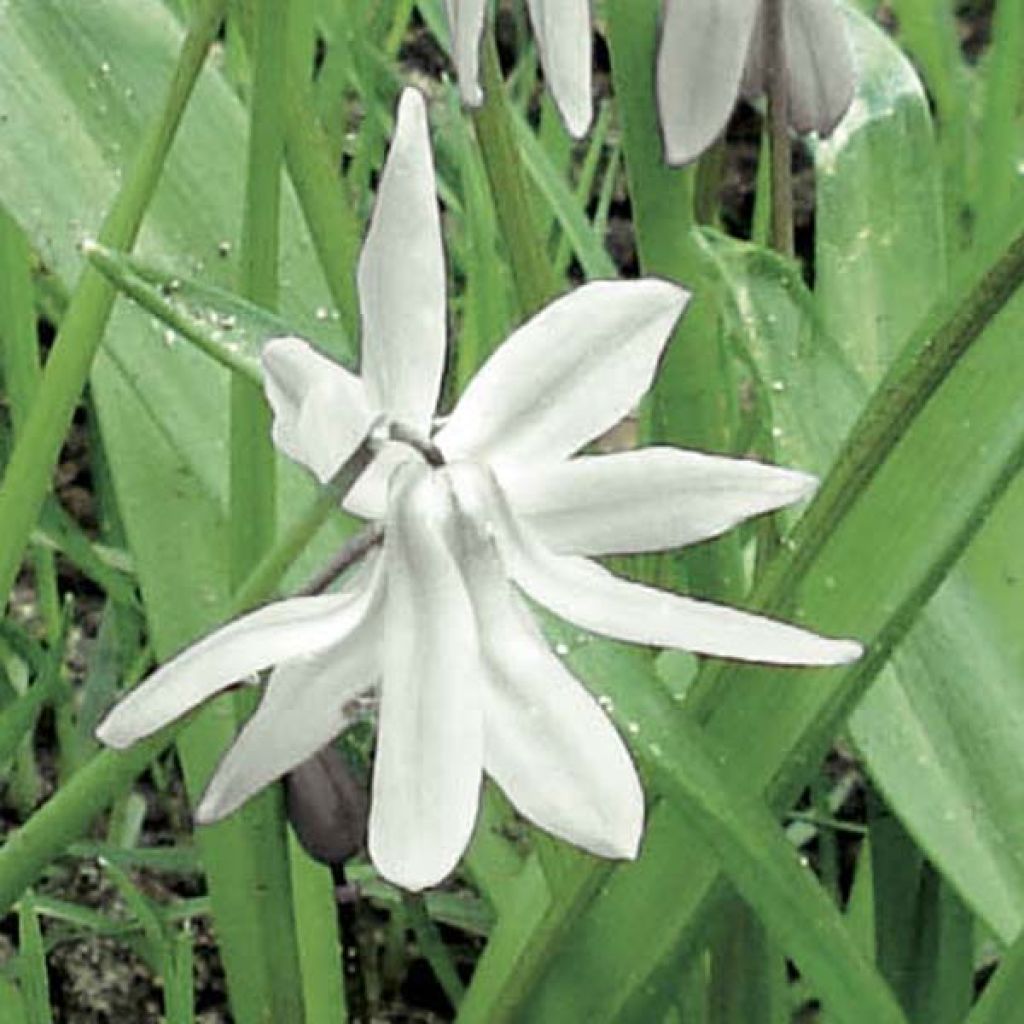

Scilla siberica Alba
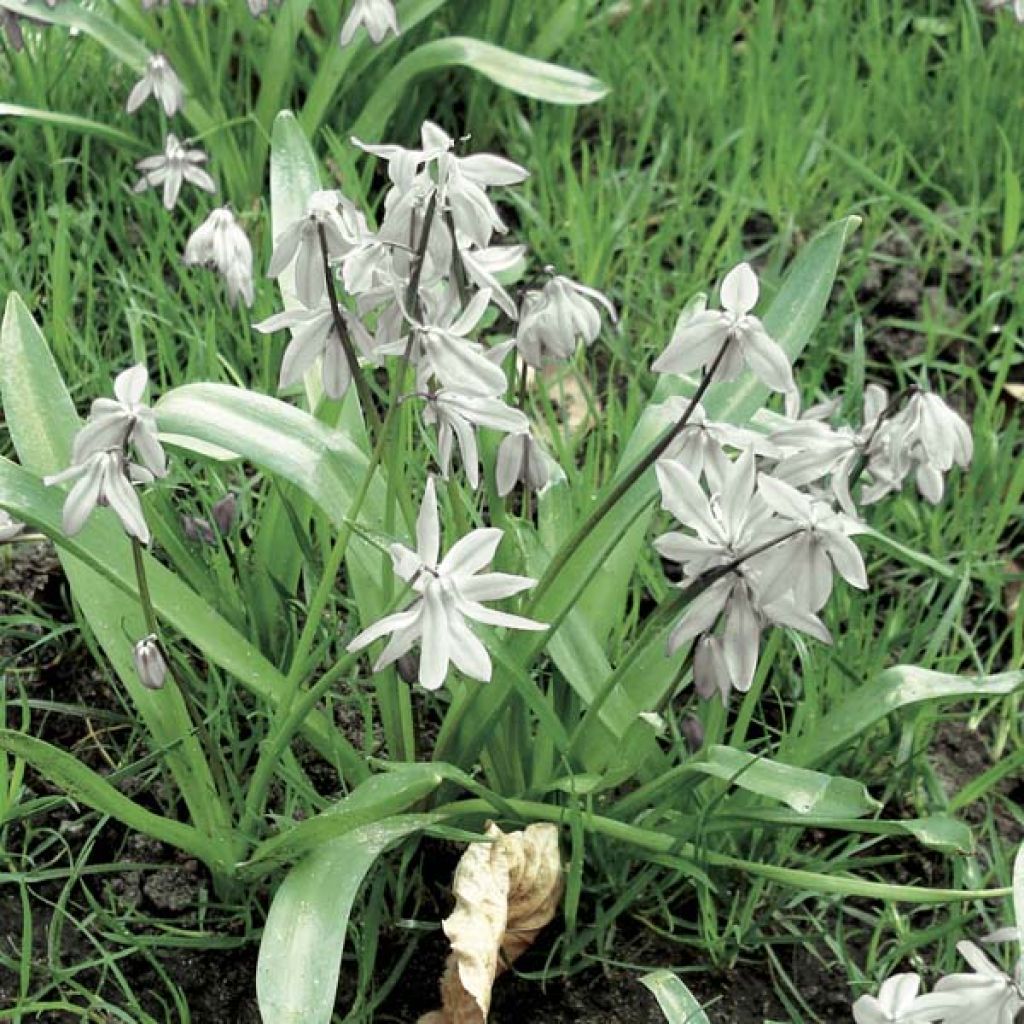

Scilla siberica Alba
Scilla siberica Alba
Scilla siberica Alba
Siberian squill
Bulbs received and planted in early November at the base of an old cherry tree, in clay soil that is likely depleted by the tree. I did not follow the recommended depth of 10 cm (4in), which seemed too deep for such small bulbs. I opted for a shallow depth. Nothing in February, but in March, small shoots appeared. Currently in bloom (April).
Nathalie, 14/04/2021
Special offer!
Receive a €20 voucher for any order over €90 (excluding delivery costs, credit notes, and plastic-free options)!
1- Add your favorite plants to your cart.
2- Once you have reached €90, confirm your order (you can even choose the delivery date!).
3- As soon as your order is shipped, you will receive an email containing your voucher code, valid for 3 months (90 days).
Your voucher is unique and can only be used once, for any order with a minimum value of €20, excluding delivery costs.
Can be combined with other current offers, non-divisible and non-refundable.
Why not try an alternative variety in stock?
View all →This plant carries a 6 months recovery warranty
More information
We guarantee the quality of our plants for a full growing cycle, and will replace at our expense any plant that fails to recover under normal climatic and planting conditions.
Would this plant suit my garden?
Set up your Plantfit profile →
Description
Scilla siberica 'Alba' is the white-flowered form of the Siberian squill, a small early-flowering bulbous plant that brings exceptional light to flower beds from February onwards. This very hardy bulbous plant establishes colonies and blooms abundantly, covering the ground with a sea of white stars. Easy to grow, except in very dry climates which it hates, it easily naturalises in the garden, in wild areas or even in rockeries.
The Siberian squill is a bulbous perennial belonging to the lily family (hyacinthaceae), native to southwestern European Russia (Belarus, Ukraine, Moldova, Crimea), the Caucasus and Turkey. Very resistant to cold, it withstands temperatures well below -15°C (5°F). Each small bulb simultaneously develops a few dark green ribbon-like basal leaves mixed with floral stems bearing a few flowers in late winter. The flowers have 6 pure white petals, in the shape of small hanging bells and are gathered in small clusters of 4 or 5. The flowers are followed by seeds, then the foliage disappears in summer, leaving the bulb dormant underground.
Siberian squills are among the first flowers of spring, just after Persian squills (Scilla tubergeniana); they arrive at the same time as crocuses, primroses and snowdrops. It will fit well in slightly wild flower beds and natural meadows, or even along a path, mixed with other bulbs that will take over (tulips, Chionodoxas, hyacinths, grape hyacinths, rock iris, botanical lilies). It can also be simply paired with the blue hybrid variety 'Spring beauty', for a beautiful contrast.
Report an error about the product description
Scilla siberica Alba in pictures


Plant habit
Flowering
Foliage
Botanical data
Scilla
siberica
Alba
Hyacinthaceae
Siberian squill
Cultivar or hybrid
Other Scilla
View all →Planting and care
Plant Siberian Squill bulbs in early autumn, 10 cm (4in) deep and 6 cm (2in) apart or in groups of 10 or 15. Leave the plants in place for several years to allow the bulbs to multiply. Siberian squills adapt to any ordinary soil, even clay or slightly limey soil. They prefer a sunny exposure but tolerate semi-shade quite well. They are not suitable for mild winter climates or soil which is very dry in summer.
Planting period
Intended location
Care
-
, onOrder confirmed
Reply from on Promesse de fleurs
Similar products
Haven't found what you were looking for?
Hardiness is the lowest winter temperature a plant can endure without suffering serious damage or even dying. However, hardiness is affected by location (a sheltered area, such as a patio), protection (winter cover) and soil type (hardiness is improved by well-drained soil).

Photo Sharing Terms & Conditions
In order to encourage gardeners to interact and share their experiences, Promesse de fleurs offers various media enabling content to be uploaded onto its Site - in particular via the ‘Photo sharing’ module.
The User agrees to refrain from:
- Posting any content that is illegal, prejudicial, insulting, racist, inciteful to hatred, revisionist, contrary to public decency, that infringes on privacy or on the privacy rights of third parties, in particular the publicity rights of persons and goods, intellectual property rights, or the right to privacy.
- Submitting content on behalf of a third party;
- Impersonate the identity of a third party and/or publish any personal information about a third party;
In general, the User undertakes to refrain from any unethical behaviour.
All Content (in particular text, comments, files, images, photos, videos, creative works, etc.), which may be subject to property or intellectual property rights, image or other private rights, shall remain the property of the User, subject to the limited rights granted by the terms of the licence granted by Promesse de fleurs as stated below. Users are at liberty to publish or not to publish such Content on the Site, notably via the ‘Photo Sharing’ facility, and accept that this Content shall be made public and freely accessible, notably on the Internet.
Users further acknowledge, undertake to have ,and guarantee that they hold all necessary rights and permissions to publish such material on the Site, in particular with regard to the legislation in force pertaining to any privacy, property, intellectual property, image, or contractual rights, or rights of any other nature. By publishing such Content on the Site, Users acknowledge accepting full liability as publishers of the Content within the meaning of the law, and grant Promesse de fleurs, free of charge, an inclusive, worldwide licence for the said Content for the entire duration of its publication, including all reproduction, representation, up/downloading, displaying, performing, transmission, and storage rights.
Users also grant permission for their name to be linked to the Content and accept that this link may not always be made available.
By engaging in posting material, Users consent to their Content becoming automatically accessible on the Internet, in particular on other sites and/or blogs and/or web pages of the Promesse de fleurs site, including in particular social pages and the Promesse de fleurs catalogue.
Users may secure the removal of entrusted content free of charge by issuing a simple request via our contact form.
The flowering period indicated on our website applies to countries and regions located in USDA zone 8 (France, the United Kingdom, Ireland, the Netherlands, etc.)
It will vary according to where you live:
- In zones 9 to 10 (Italy, Spain, Greece, etc.), flowering will occur about 2 to 4 weeks earlier.
- In zones 6 to 7 (Germany, Poland, Slovenia, and lower mountainous regions), flowering will be delayed by 2 to 3 weeks.
- In zone 5 (Central Europe, Scandinavia), blooming will be delayed by 3 to 5 weeks.
In temperate climates, pruning of spring-flowering shrubs (forsythia, spireas, etc.) should be done just after flowering.
Pruning of summer-flowering shrubs (Indian Lilac, Perovskia, etc.) can be done in winter or spring.
In cold regions as well as with frost-sensitive plants, avoid pruning too early when severe frosts may still occur.
The planting period indicated on our website applies to countries and regions located in USDA zone 8 (France, United Kingdom, Ireland, Netherlands).
It will vary according to where you live:
- In Mediterranean zones (Marseille, Madrid, Milan, etc.), autumn and winter are the best planting periods.
- In continental zones (Strasbourg, Munich, Vienna, etc.), delay planting by 2 to 3 weeks in spring and bring it forward by 2 to 4 weeks in autumn.
- In mountainous regions (the Alps, Pyrenees, Carpathians, etc.), it is best to plant in late spring (May-June) or late summer (August-September).
The harvesting period indicated on our website applies to countries and regions in USDA zone 8 (France, England, Ireland, the Netherlands).
In colder areas (Scandinavia, Poland, Austria...) fruit and vegetable harvests are likely to be delayed by 3-4 weeks.
In warmer areas (Italy, Spain, Greece, etc.), harvesting will probably take place earlier, depending on weather conditions.
The sowing periods indicated on our website apply to countries and regions within USDA Zone 8 (France, UK, Ireland, Netherlands).
In colder areas (Scandinavia, Poland, Austria...), delay any outdoor sowing by 3-4 weeks, or sow under glass.
In warmer climes (Italy, Spain, Greece, etc.), bring outdoor sowing forward by a few weeks.






























